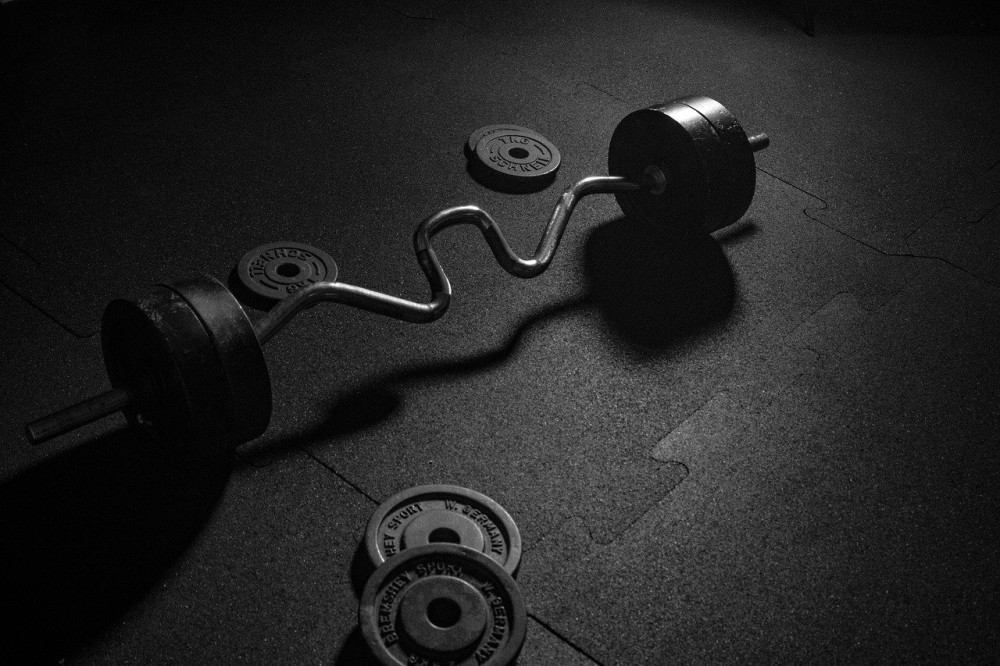One of the easiest ways to add progressive overload to your training is to add more weight or resistance every time you train. For example if you’re an athlete, add a tougher hurdle to jump over in your sprints, increase the incline in your treadmill, or add more weight. Note that you can’t do all of those examples at once without the risk of risk under-recovering.
If your main goal is to build strength overtime for specific lifts, then add a few more pounds to your lifts every time you train. Although this may prove impossible to maintain overtime, it’s still something you should consider trying while at a manageable weight. Some of the most famous programs in the world in strength such as the 5.3.1 or the starting strength method by Mark Rippetoe encourage their trainees to add 5 pounds to their lifts each time they train. Eventually, a 5 pound increment would seem almost impossible – and that would be the time to embark on a new progressive overload training.
If you’re experiencing a plateau in your training then the best way to progressively overload is to not add more weight, but to add more volume. For instance, if you continuously experience the same plateau of not being able to deadlift 405 pounds, then it would be smart to lower the weight, and do 4 sets of 5 reps at 345 pounds. This would still challenge you, but would be more achievable than the intensity of adding more weight.
Progressive overload training still applies if your goal is to build muscle, all you need to do is to put your muscles at tension and challenge your muscles every time. For instance, instead of using heavier weights during your next bicep training, try adding negative reps and time under tension in your training. Instead of focusing on the amount of weight your bicep is curling, challenge your muscles to work for a longer, harder time.
